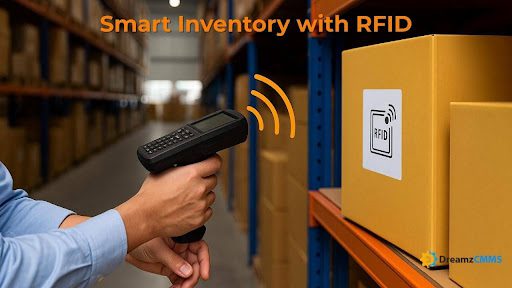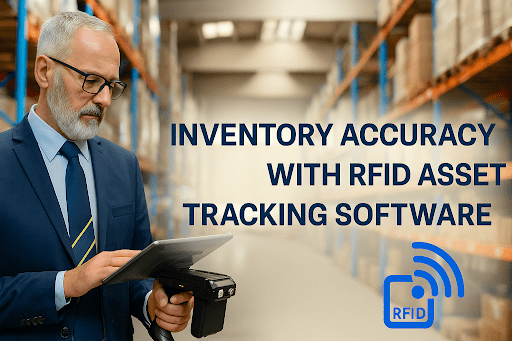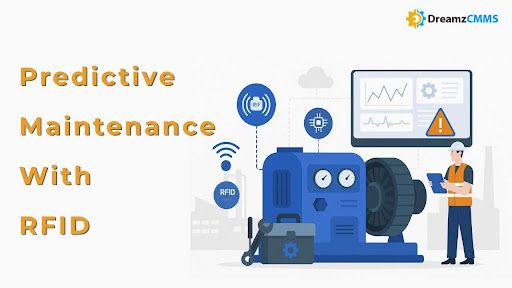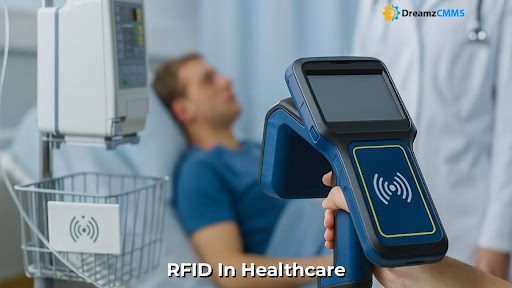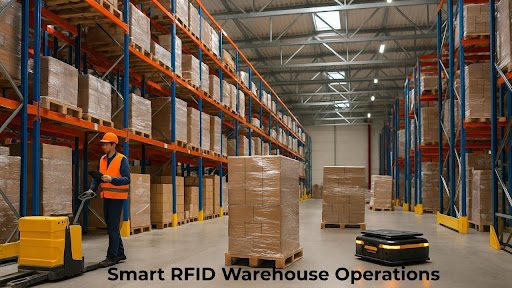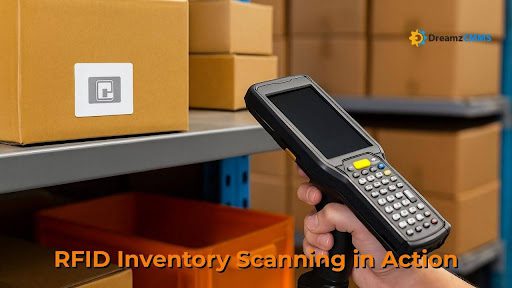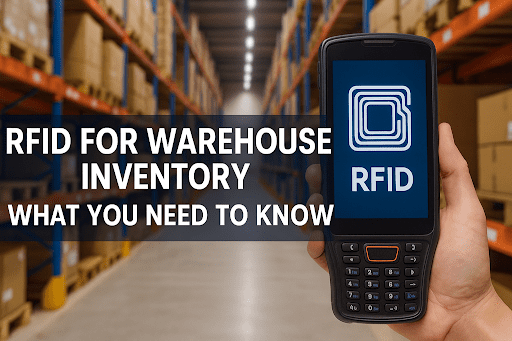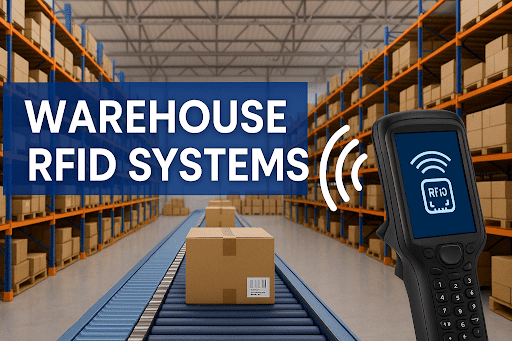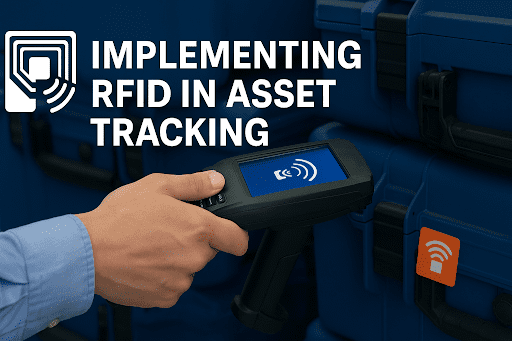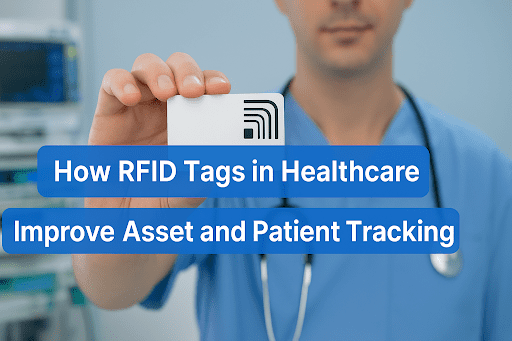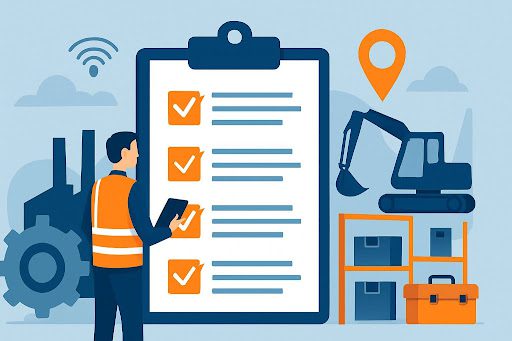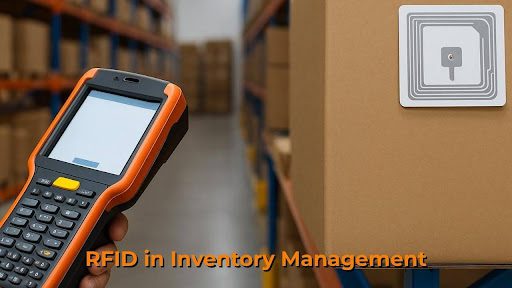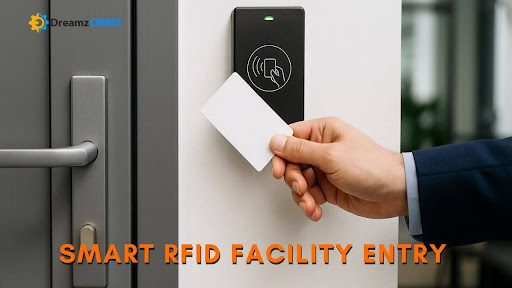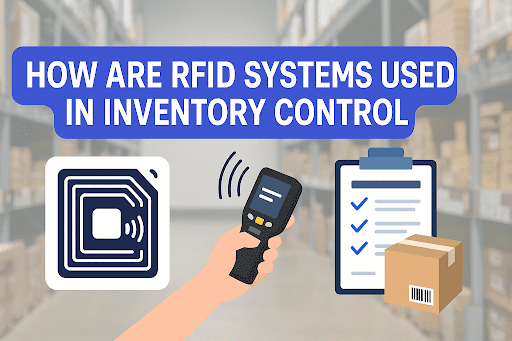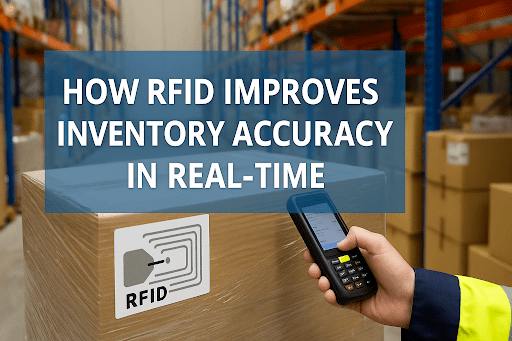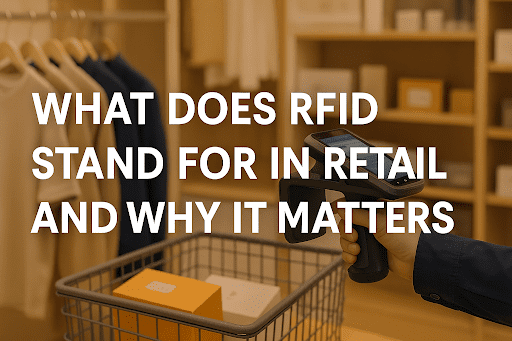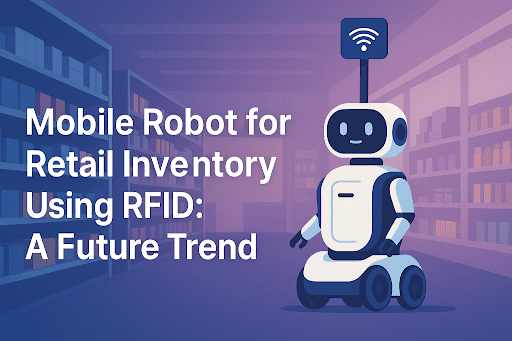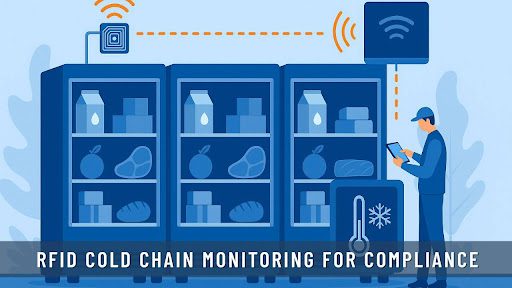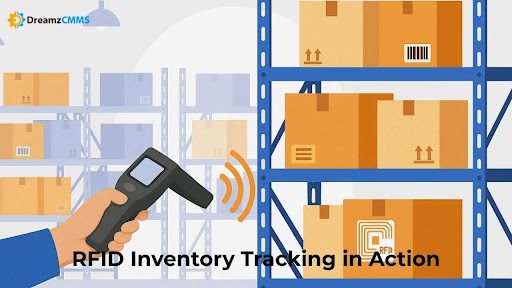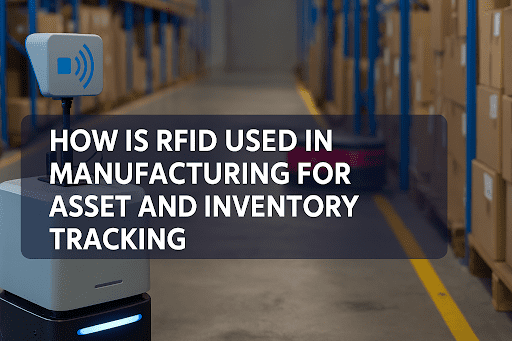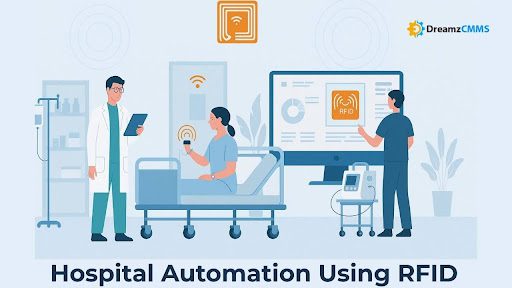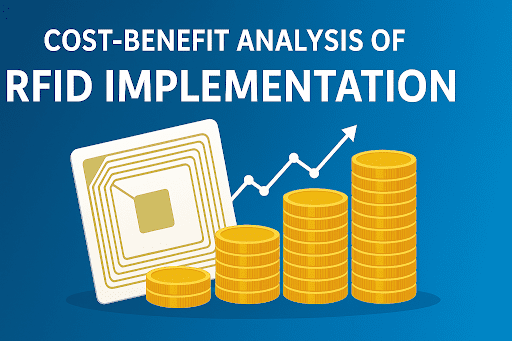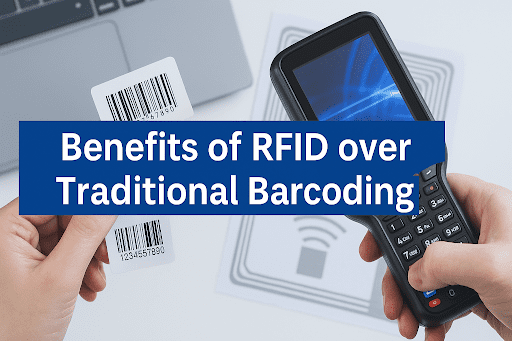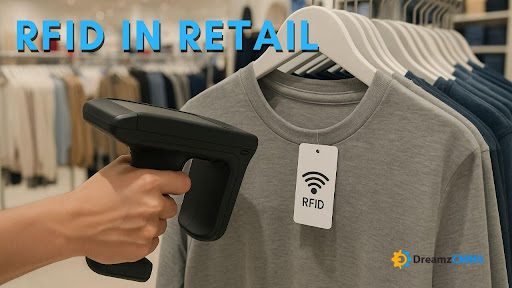 BACK TO Blog
BACK TO Blog
Asset Rental Management
RFID Asset Tracking
Modern industries that base their profitability on efficiency and accuracy demand essential real-time asset tracking systems. Organizations need to obtain instant asset monitoring capabilities to decrease downtime and improve utilization rates and achieve operational excellence. Business operations achieve complete monitoring of assets through IoT-based tracking systems and GPS asset tracking software and RFID-enabled tracking systems that deliver real-time data. Organizations achieve enhanced productivity through real-time asset tracking by
- July 18, 2025
- DreamzCMMS Team
- 12 minutes read
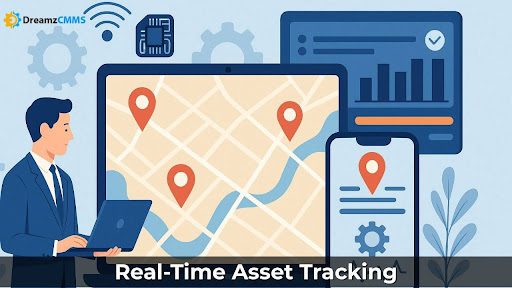
- July 18, 2025
- DreamzCMMS Team
- 12 minutes read
Modern industries that base their profitability on efficiency and accuracy demand essential real-time asset tracking systems. Organizations need to obtain instant asset monitoring capabilities to decrease downtime and improve utilization rates and achieve operational excellence. Business operations achieve complete monitoring of assets through IoT-based tracking systems and GPS asset tracking software and RFID-enabled tracking systems that deliver real-time data.
Organizations achieve enhanced productivity through real-time asset tracking by getting live asset monitoring and immediate asset condition alerts and connected asset management capabilities.
Optimize Asset Health with Smart Maintenance Tools
Enhance equipment reliability with proactive maintenance planning and real-time performance monitoring. Reduce breakdowns and extend asset life with advanced CMMS solutions.
Explore Asset Maintenance Management Software
What Is Real-Time Asset Tracking?
Real-time asset tracking uses advanced IoT sensors along with GPS asset tracking software and RFID-enabled tracking systems to continuously monitor physical assets. Real-time tracking delivers continuous live updates regarding asset movements and conditions and performance metrics to organizations providing total real-time asset visibility!
These tracking systems enable businesses to:
1. Instantaneous tracking of asset positions is possible.
Through real-time location tracking managers obtain the exact current location of important equipment and vehicles and inventory. GPS asset tracking software and RFID-enabled tracking systems help organizations track their delivery trucks and expensive construction tools so they can avoid both loss and improper use.
2. Asset health monitoring combined with performance tracking functions within real-time tracking systems.
The asset health monitoring feature of real-time tracking systems enables the detection of equipment breakdowns which leads to predictive maintenance capabilities. The built-in IoT sensors transmit real-time data about temperature along with vibration measurements and fuel levels and engine performance which allows maintenance staff to step in ahead of escalating problems.
3. Real-time tracking allows analysis of asset usage data to achieve higher asset utilization.
The process of collecting real-time data generates valuable information about asset utilization rates. The analysis of real-time data enables organizations to discover underused or overworked assets which leads to improved workload distribution and lowers operational costs through reduced purchases.
4. Track Smart Asset Movement
The implementation of smart asset movement tracking in warehouses and logistics hubs and multi-site operations provides real-time monitoring of asset movements according to planned routes. Real-time asset tracking enables managers to detect unauthorized movements which decreases security risks and improves security measures.
5. Enable Remote Monitoring and Faster Decision-Making
A mobile asset tracking application provides managers and field technicians with real-time access to updates through its integration with real-time tracking systems. The connected asset management model helps organizations make faster decisions and respond quicker to emergencies while improving team collaboration which decreases operational risks.
Real-Time Asset Tracking becomes essential for instant visibility because of its critical nature
Real-time asset tracking investments have become essential for organizations operating in manufacturing and logistics and healthcare and construction to gain immediate operational transparency. Real-time asset tracking has emerged as a transformational tool because of these essential benefits:
1. Asset location data updates immediately through the system.
Traditional asset tracking methods involve periodic scanning which results in delayed updates and lost items because of their delayed reporting. Real-time location tracking allows managers to view all assets through interactive dashboards which combine GPS asset tracking software with RFID-enabled tracking systems. The implementation of RFID systems with warehouse RFID systems enables inventory flow optimization and improves technician productivity.
2. Instant Asset Condition Alerts
Managers can get immediate asset condition alerts through IoT-based asset tracking sensors when temperature fluctuation or vibration or performance anomaly occurs in their pharmaceuticals or cold-chain logistics or heavy machinery operations. To learn more about temperature-sensitive asset management, explore RFID for cold chain.
3. Proactive Asset Health Tracking
The continuous collection of performance data enables asset health tracking and asset performance monitoring to transition from reactive to proactive modes. The integration between CMMS and real-time updates allows maintenance teams to detect asset failures so they can prevent breakdowns.
4. Improved Asset Utilization
The ability to monitor assets in real-time delivers data-driven insights about asset utilization. Managers can locate equipment that needs either maintenance or replacement by monitoring utilization rates thus optimizing equipment allocation.
5. Enhanced Connected Asset Management
The integration between mobile asset tracking applications and centralized systems creates connected asset management that allows warehouse staff and field teams and managers to view synchronized data instantly.
How Real-Time Asset Tracking Works
Real-time asset tracking delivers continuous asset monitoring through a combination of multiple technologies that provide immediate tracking information.
1. GPS Asset Tracking Software
GPS asset tracking software delivers real-time map tracking which helps businesses achieve prompt deliveries and create the most effective delivery routes. The integration of GPS asset tracking with Asset Rental Management Software enables businesses to track rented equipment in real time thus improving equipment utilization.
2. RFID-Enabled Tracking System
The management of fixed assets as well as movable assets within facilities is achieved through RFID-enabled tracking systems which track check-ins and check-outs and asset movement automatically. The RFID Asset Tracking Software presents benefits of using advanced RFID-based solutions.
3. IoT-Based Asset Tracking
The IoT-based tracking system incorporates intelligent sensors which track temperature and pressure along with vibration levels. This system allows immediate asset condition notifications to support preventive maintenance.
4. CMMS with Real-Time Updates
Maintenance teams can automate inspections and work order creation and monitor asset performance through integration of CMMS with real-time update capabilities.
5. Mobile Asset Tracking App
Through mobile asset tracking applications field teams access live asset information which enables remote monitoring and quick reporting of abnormalities as well as photo upload functions.s for field teams, allowing remote monitoring, photo uploads, and quick reporting of anomalies.
Key Benefits of Real-Time Asset Tracking
1. Real-time asset monitoring through proactive maintenance reduces downtime.
- Asset health tracking systems combined with asset failure detection systems minimize unplanned equipment failures.
- Maintenance teams can initiate immediate responses to asset condition alerts through the instant alert system.
2. Improve Asset Lifecycle and ROI
- Through constant performance assessment organizations can extend the operational lifespan of their assets.
- The utilization data from assets helps users detect overuse patterns which in turn lowers the rate of premature asset deterioration.
3. Boost Operational Efficiency
- Real-time asset tracking systems eliminate the time spent by staff to locate equipment.
- Smart asset movement tracking optimizes warehouse and supply chain flow.
4. Strengthen Compliance and Security
- Real-time location tracking systems help decrease both theft incidents and unauthorized asset movements.
- Connected asset management keeps detailed audit records intact.
5. Support Remote and Mobile Workflows
- The integration of mobile asset tracking applications allows field technicians together with remote teams to monitor assets in real time which enables better coordination between teams.
Real-Time Asset Tracking Across Industries
1. Manufacturing
Manufacturing facilities implement IoT asset tracking together with RFID tracking systems to keep tabs on machinery wellness as well as production tool conditions. Real-time updates within CMMS enable organizations to predict maintenance requirements.
2. Logistics and Transportation
The combination of GPS asset tracking software enables businesses to track their assets in real time which cuts down delivery times and prevents delays.
3. Healthcare
Medical equipment tracking technology allows hospitals to track their assets in real time so they can locate their equipment instantly. The instant asset condition alerts along with asset failure detection play essential roles for critical devices.
4. Construction
Mobile asset tracking applications combined with real-time location tracking enable construction companies to track equipment usage which prevents project delays by making tools accessible to the right site.
5. Cold Chain and Retail
The combination of IoT tracking devices maintains perfect storage environments for perishable items while performance tracking systems keep refrigeration systems running efficiently. RFID tracking systems revolutionize cold chain logistics by using RFID technology in RFID for cold chain.
Integrating Real-Time Asset Tracking with CMMS
Modern maintenance management has reached a significant milestone through the combination of real-time asset tracking systems with CMMS featuring real-time update capabilities. The combination of these two powerful systems enables automated data-driven asset management by connecting monitoring functions to execution processes.
1. Automatic Work Order Creation
The connection between real-time asset tracking systems and CMMS systems with real-time updates enables the automatic creation of work orders through instant asset condition alerts. The CMMS performs immediate maintenance task scheduling through IoT sensor alerts about equipment vibration abnormalities and temperature spikes while automatically selecting technicians and notifying maintenance staff which cuts down on human involvement and response time.
2. Proactive Asset Health Tracking for Predictive Maintenance
CMMS achieves predictive maintenance capabilities by tracking asset health continuously. The CMMS uses IoT and RFID tracking data to detect early equipment failure indicators which enables preventive measures to stop equipment breakdowns. This predictive maintenance approach enables longer asset life and lowers equipment downtime.
3. Detailed Asset Performance Monitoring Reports
Integrated systems automatically create comprehensive reports that show asset usage patterns together with downtime histories and maintenance expense details. Asset replacement planning along with workload balancing and capital expenditure optimization receives guidance from these reports.
4. Seamless Connected Asset Management
The integrated system enables perfect cooperation between teams that handle connected asset management responsibilities. The same real-time data becomes accessible through either a mobile asset tracking application or a centralized dashboard which enables maintenance personnel and warehouse managers and field technicians to collaborate quickly. The unified workflow leads to better efficiency through reduced communication breakdowns while maintaining timely execution of maintenance work.
The Role of Blockchain in Real-Time Asset Tracking
Asset tracking systems gain transparency along with security through the implementation of emerging blockchain technology. Organizations can securely maintain and distribute real-time asset data through blockchain asset tracking which provides authentication while protecting the data from tampering. Learn about how blockchain works as an additional tool for real-time asset tracking in blockchain asset tracking.
Selecting the Right Real-Time Asset Tracking System
The selection of an appropriate real-time asset tracking system determines the level of visibility and operational efficiency organizations can achieve. A properly selected solution delivers live updates in addition to seamless integration with current operational processes. The selection process requires analysis of these fundamental factors:
1. Technology Mix
A system that provides complete technology integration between GPS asset tracking software and RFID-enabled tracking systems and IoT-based asset tracking should be chosen.
- GPS tracking is essential for fleet and mobile equipment.
- RFID technology enables automatic asset entry processes and automatic tracking of movements for assets located in warehouses or facilities.
- IoT sensors allow for asset health tracking and asset failure detection through condition-based data collection.
This multi-technology approach ensures you get real-time visibility into assets, regardless of their location or type.
2. Mobile-Friendly Interface
A system must include a mobile asset tracking app to empower field teams and remote managers. The application should display current asset positions along with historical usage records and prompt notifications about asset status from any location. The mobile accessibility feature improves connected asset management processes while enabling quick decision-making in urgent situations.
3. CMMS Integration
Choose a solution which provides CMMS integration with real-time system updates. Such integration ensures:
- The system produces automated work orders which stem from sensor-based information.
- The system connects asset performance monitoring data with historical maintenance records.
- The system supports efficient operations between maintenance personnel and operations staff.
4. Scalability
The system must be able to track numerous assets at once while providing immediate asset visibility. The platform needs to handle operational expansion and new asset types without causing performance problems.
5. Instant Alerts & Advanced Analytics
Your search should focus on systems which offer both instant notification capabilities and extensive analytical tools. The system should:
- Asset utilization data becomes accessible for maximizing workload efficiency.
- Predictive maintenance becomes possible through asset failure detection.
- The system provides complete asset performance monitoring dashboards which help organizations plan strategies and control costs.
Businesses can get long-term value and operational efficiency through data-driven decision-making by selecting asset tracking systems that address these critical factors.
Future Trends in Real-Time Asset Tracking
Real-time asset tracking will evolve into more sophisticated technologies which will enhance precision alongside security features and decision-making capabilities. Companies that implement these innovations will achieve better competitive advantages through their ability to respond quickly and understand asset utilization better. Key upcoming trends include:
1. AI-Powered Asset Failure Detection
Artificial Intelligence systems will detect asset failures through the analysis of historical sensor data combined with real-time sensor information to predict equipment breakdowns. Machine learning algorithms will detect abnormal patterns in vibration, temperature, or usage data to perform automated predictive maintenance which minimizes unexpected equipment stoppages.
2. Blockchain-Enabled Connected Asset Management
The implementation of blockchain asset tracking systems will provide stakeholders with secure access to asset data through transparent information sharing. The system will maintain an unalterable ledger which records every asset movement and condition change and transfer event for enhanced connected asset management and regulatory compliance.
3. Augmented Reality (AR) Interfaces
Through Augmented Reality interfaces maintenance technicians can access real-time asset information by viewing equipment condition data and maintenance records directly on physical assets through AR glasses or mobile devices. The system shortens diagnostic procedures while simultaneously boosting the success rate of initial repairs.
4. Advanced Mobile Asset Tracking Apps
Future mobile asset tracking applications will feature offline functionality which allows field personnel to modify and inspect asset records when operating in areas with restricted internet access. The apps will maintain integration with CMMS systems through real-time updates which enable automatic synchronization when internet connections become available.
Final Thoughts: Achieving Instant Visibility with Real-Time Asset Tracking
Real-time asset tracking has become essential for operational excellence in today's competitive business environment. Organizations can achieve live asset monitoring and instant asset condition alerts and data-driven asset utilization insights through the integration of GPS asset tracking software with IoT-based asset tracking and CMMS that provide real-time updates.
A robust system investment leads to connected asset management and smart asset movement tracking and long-term cost savings. Real-time asset visibility enables businesses to make better decisions and maintain peak performance while improving compliance standards.
Boost Operational Visibility with DreamzCMMS
Take control of your assets with real-time asset tracking integrated into a powerful CMMS platform. Improve efficiency, reduce downtime, and make data-driven decisions effortlessly.
Ready for More?
Talk to one of our CMMS experts and see how DreamzCMMS can simplify your maintenance operations.
Book a free consultation